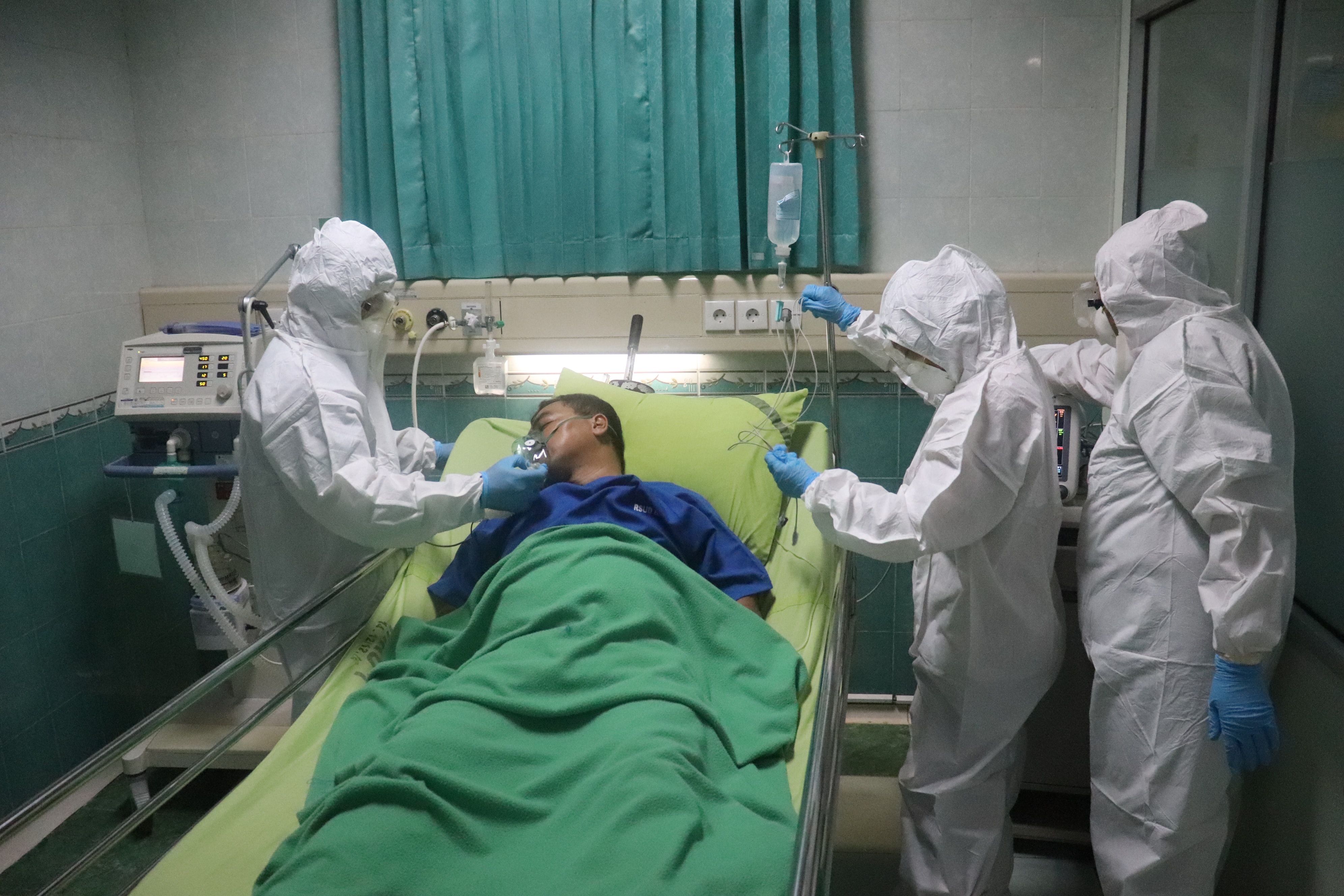During the Pandemic, 75% of Hospitalized COVID-19 Patients Received Antibiotics, Despite Only a Minority Needing Them
New data from a World Health Organization (WHO) repository illustrates the treatment challenges during the acute phase of the pandemic.
In the early days of the pandemic, ICUs were filling up and no antivirals or treatment protocols were yet developed, leading many in health care to prescribe antibiotics even in the absence of infections.
Image credit: Unsplash

In the early days of the pandemic when hospital ICUs were filling up with severe COVID-19 patients, clinicians had no therapeutic agents, and no one had any form of immunity to fight the virus, thus health care turned to a familiar form of treatment: antibiotics.
New data from the WHO offers further information on the scope of this treatment challenge that happened in the first years of the pandemic.
Although only 8% of hospitalized patients with COVID-19 had bacterial co-infections requiring antibiotics, 75% of patients were treated with antibiotics ‘just in case’ they helped, according to the WHO research. The highest rate of antibiotic use was seen among patients with severe or critical COVID-19, with a global average of 81%.1
While this is not “new” news in the sense of the acknowledgement of this problem, it provides more evidence of how bad the problem was during this period. This information comes from the WHO Global Clinical Platform for COVID-19, which is a repository of standardized individual-level data. Information was collected from 450,000 patients admitted to hospitals for COVID-19 in 65 countries over a 3-year period between January 2020 to March 2023. The findings were presented as a poster at the recently held ESCMID conference.1
Locale Discrepancies
Depending on the geographic location of where patients were treated, antibiotic prescribing practices varied greatly. According to the WHO, antibiotic use ranged from 33% for patients in the Western Pacific Region, to 83% in the Eastern Mediterranean and the African Regions. Between 2020 and 2022, prescriptions decreased over time in Europe and the Americas, while they increased in Africa.1
WHO classifies antibiotics via the AWaRe (Access, Watch, Reserve) classification, according to the risk of antimicrobial resistance (AMR). Concerningly, the study found that ‘Watch’ antibiotics with higher resistance potential were most frequently prescribed globally.1
“When a patient requires antibiotics, the benefits often outweigh the risks associated with side effects or antibiotic resistance. However, when they are unnecessary, they offer no benefit while posing risks, and their use contributes to the emergence and spread of antimicrobial resistance,” Silvia Bertagnolio, MD, the WHO Unit Head for Surveillance, Evidence and Laboratory Strengthening in the Division for AMR, said in a statement.1 “These data call for improvements in the rational use of antibiotics to minimize unnecessary negative consequences for patients and populations.”
Table 1. A breakdown of the classes of antibiotics and the increase of sales per 1000 people.
Credit: Chat GPT

Antibiotic Prescribing Practices
In a study published in The Lancet, investigators using fixed-effects regression models, showed that a 10% increase in monthly COVID-19 cases was associated with 0.2%–0.3% higher sales of cephalosporins, 0.2%–0.3% higher sales of penicillins, 0.4%–0.6% higher sales of macrolides, and 0.3% higher sales of all 4 antibiotics combined per 1000 people.2
Broken down by continent, a 10% increase in monthly COVID-19 infections was associated with higher macrolides sales of 0.8% in Europe, 1.3% in North America, and 1.5% in Africa. Sales of other antibiotics by continent were also positively correlated with COVID-19 cases, albeit with a relatively smaller association. There was no consistent correlation between antibiotic sales and COVID-19 vaccinations, according to the investigators.2
Table 2. During the pandemic, a breakdown of the macrolides and the varying use per continent.
Table credit: ChatGPT

Next Steps
The United Nations (UN) is planning a September meeting on antimicrobial resistance (AMR) and looks to bring together global leaders to discuss strategies to mitigate AMR across human health, animal health, agri-food sectors and the environment.1
“These findings underscore the important need to adequately resource the efforts to improve antibiotic prescribing globally, and are particularly relevant to discuss ahead of the upcoming UN General Assembly High-Level Meeting on AMR to take place this September,” said Dr Yukiko Nakatani, WHO Assistant Director-General for AMR.1
References
1. WHO reports widespread overuse of antibiotics in patients hospitalized with COVID-19. WHO news statement. April 26, 2024. Accessed May 7, 2024.
https://www.who.int/news/item/26-04-2024-who-reports-widespread-overuse-of-antibiotics-in-patients--hospitalized-with-covid-19
2. Cosdon N. Sales of These 4 Antibiotics Increased During the COVID-19 Pandemic. Contagion. March 30, 2023. Accessed May 7, 2024.
https://www.contagionlive.com/view/sales-of-these-4-antibiotics-increased-during-the-covid-19-pandemic
